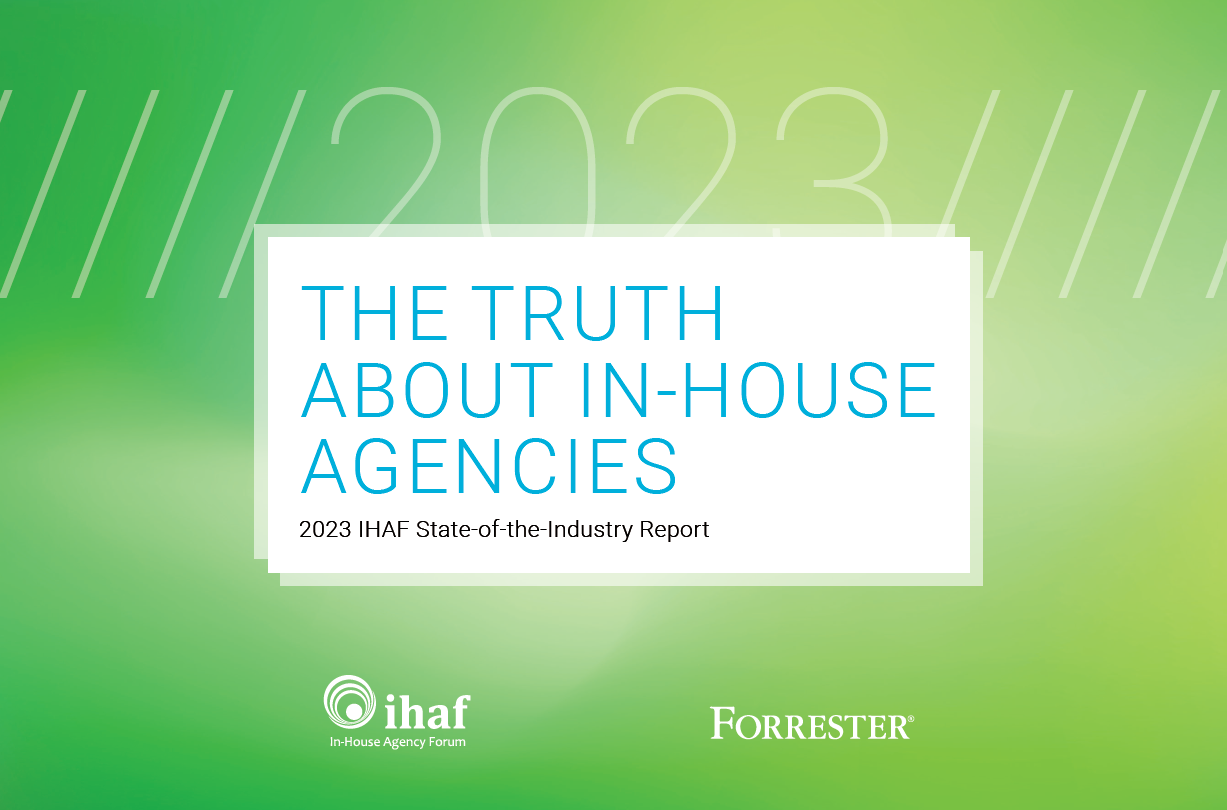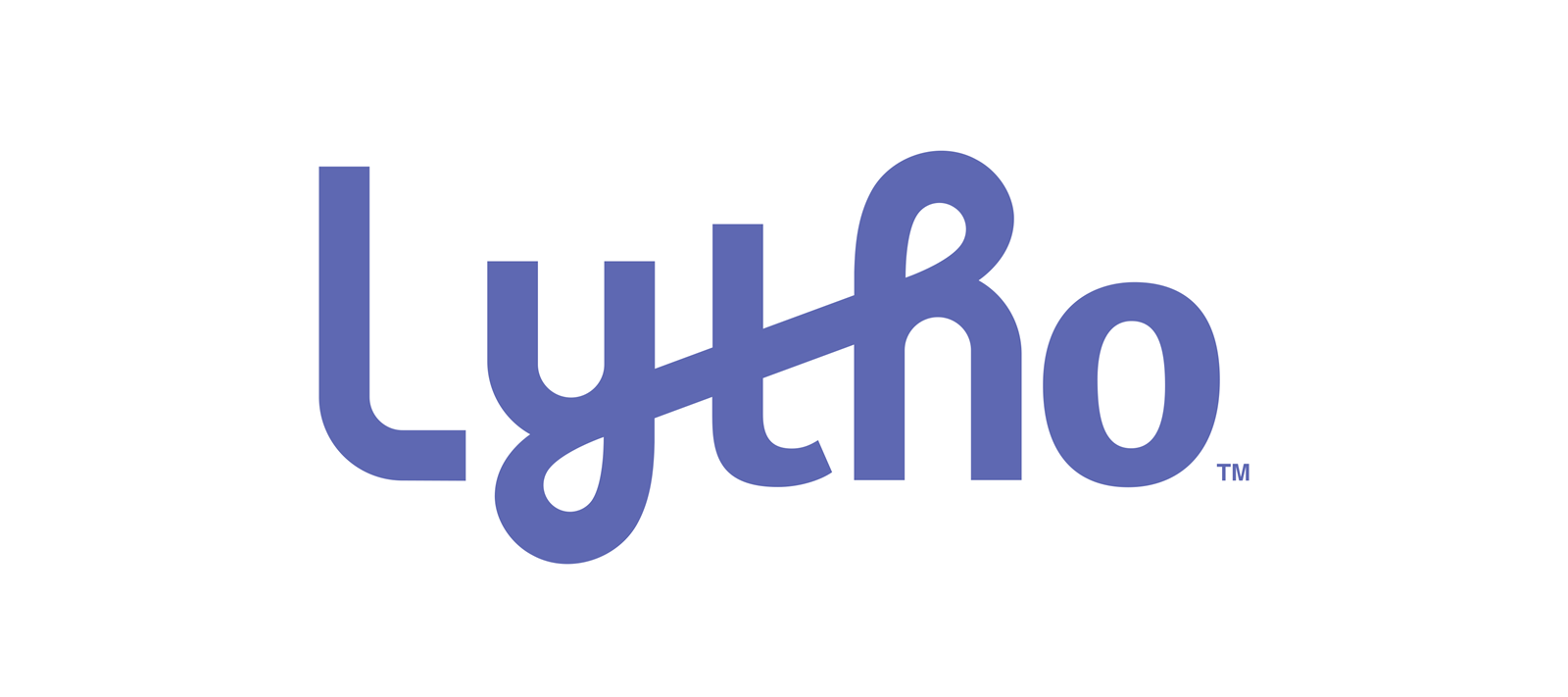Who's Responsible for an Ad Gone Bad?

You can almost picture how it all went down. “People are divided,” says a PepsiCo exec, “we need a way for our product to bring them together—to bring the country together.” “Great idea,” says the brand manager, “what are some mechanisms for bringing people together?” A third chimes in, “Given the current political climate, that’s tough.” “That’s it,” says the exec, “let’s do something with a political slant, and have Pepsi be the catalyst to unite all sides.” The group falls in love.
The strategy makes its way to the agency team, and ultimately concepting begins.
“Here’s an idea,” says the design intern in the corner, “how about a dance party to attract millennials?” The group glances back with sympathetic smiles and shared recognition that she’ll make a terrific account exec someday. “Not edgy enough,” says the art director. “How about a protest, then?” says the writer. “Or, wait—wait for it,” teases the creative director, “how about a protest that turns into a dance party?” The heavens open and a storyboard is born.
Add the client back into the equation—along with a multiplicity of rounds and reviews, and the repeated refrain, “We need more product placement.” Insert a Pepsi can here, some soda sipping there, and splashes of blue en route. Then, the pièce de résistance: a twist at the end with a celebrity endorser handing a Pepsi to a police officer, and the crowd goes wild.
The spot is shot. The celebrity is paid. The media is placed. Now, Twittersphere goes wild. Not the result Pepsi planned—but hey, there’s no such thing as bad publicity, right?

Well, there is if you’re Creators League Studio—the in-house agency at PepsiCo that produced the spot. Unfortunately for internal agencies everywhere, this calamity has given the advertising press corps and social sleuths one more reason to bash in-house teams. Which, for some, begs the question: Is insourcing the reason the Pepsi ad went bad?
In an interview last fall with PepsiCo North America Beverages CMO, Seth Kaufman, Digiday reported that “to remain cutting-edge, brands can no longer outsource innovation. Pepsi is among the many brands bringing more capabilities…in-house.”
When marketing mogul, Apple, needed to “regain its edge,” as reported by AdAge in 2014, they did so by shifting significant duties in house, while “pitting [external firm] against the internal agency with ‘jump balls’ to mine the best creative ideas.”
And when Home Depot exec, Trish Mueller, won the CMO Club Marketing Innovation Award early last year, she was cited by AdAge as adhering to three simple principles to build her in-house team: 1) Recruit for risk-taking as well as qualifications; 2) Seek out ideas at every level; 3) Recognize and reward the risk-takers.
The reality is that breakthrough advertising can only come from breakthrough thinking, and that can be risky. Risk taking sometimes results in failure. Failure informs learning. Learning stimulates new ideas. And new ideas can make the work better next time. So while many are slamming Creators League Studio for the fail, shouldn’t we also be recognizing them for embracing the risk?
Personally, I’m not a fan of the strategy or the creative choices Pepsi made. At the same time, I respect the fact that they tried something new, no doubt learned from it, and will hopefully emerge with increased insight and just as much moxie to go big again next time.
As for the noise about the failure stemming from the fact that the spot was produced in house, that’s nothing more than a dated stereotype attempting to undermine the credibility of an organizational form that has proven itself time and time again.
Let the debate continue, but let it be about what matters—like the merits of the creative rather than the model that created it, the responsibility we have as marketers to deliver meaningful messages in respectful ways, and the importance of taking risks in order to unearth that which might truly be remarkable.
As for the noise about the failure stemming from the fact that the spot was produced in house, that’s nothing more than a dated stereotype attempting to undermine the credibility of an organizational form that has proven itself time and time again - See more at: http://www.stiglin.com/whos-responsible-for-an-ad-gone-bad/#sthash.8GFcnlZe.dpuf
Let the debate continue, but let it be about what matters—like the merits of the creative rather than the model that created it. The responsibility we have as marketers to deliver meaningful messages in respectful ways. And the importance of taking risks in order to unearth that which is truly remarkable.
Interested in seeing award-winning work produced by in-house creative agencies? You'll find it here—available for viewing, compliments of IHAF.
(Originally posted on 4/7/17 on stiglin.com)- adage,
- advertising,
- adweek,
- agency,
- association,
- brainstorming,
- brand,
- client,
- CMO,
- content,
- corporate creative,
- culture,
- digiday,
- digital events,
- IHAF,
- in-house,
- insource,
- internal,
- jenner,
- kardashian,
- kendall,
- leadership,
- management,
- marketing,
- media,
- membership,
- networking,
- news,
- pepsi,
- professional,
- performance,
- social,
- strategy,
- talent,
- teambuilding,
- trends,
- video
Recent Posts

In-House Data: Fact or Fiction?
October 16, 2023
I’m going to be honest with you, which I always am but this time it’s scary honesty. There are a lot of in-house agency research reports out there. And not all of them contain data that are close to the integrity of the studies IHAF publishes—the next of which drops at the IHAF conference on …

IHAF Wrapped
December 20, 2023
One of our favorite things to do at year-end is look back at the events, presentations, and online resources our members tapped most. (Why should Spotify have all the fun?) Here are a few of your favorites in 2023:
• New Assortment of Org Charts Download • Updated Job Profiles …



















%20(1).pdf%20-%20Copy.jpg)

%20(1).png)


rberkeley@expresskcs.com said
I wonder how many external-agency-derived campaigns have resulted in a disastrous creative misfiring, or culturally flat-footed consequences. Plenty!
But in those cases there is no direct accountability - they'll have plenty more loyal clients to go to. Fact is that in-house agencies ARE more aligned to their brands' needs and yet can still make mistakes (which, it must be said, will have only seen the light of day following sign-off by marketing).
Charles Groome said
Great topic, Marta - the creative is what we should debate, not the kind of team that put it together! Plenty of flops have come from Madison Ave's best in the past.
In-House teams have always had to deal with the stigma of playing second fiddle to the "big boys" at the agencies. It's exciting to see more brands leaning in to the in-house model - more and more they're realizing that the marketers and designers on staff have more skill than they realized and often have more passion for the product/brand to boot! I like the metaphor of the jump-ball from Apple, but we've gotta realize that in-house teams aren't just the practice squad that sticks around to keep the A-teamers in shape. There's plenty of places where your go-to should be insourced (just like there are still many times when outsourcing is still a good bet).
Thanks for bringing this perspective to the Brief!
Oh and one more teeny, tiny thing (a bit of a pet peeve from a philosophy BA): begs the question ≠ raises the question :)
Jon said
Well said. You have to take risks to progress and grow. I know Pepsi is taking a lot of heat, but I think that some of it maybe a little bit of an over reaction. The idea of bringing people together isn't a bad idea at all and one that we as a country need. But the execution of may not have been the best.